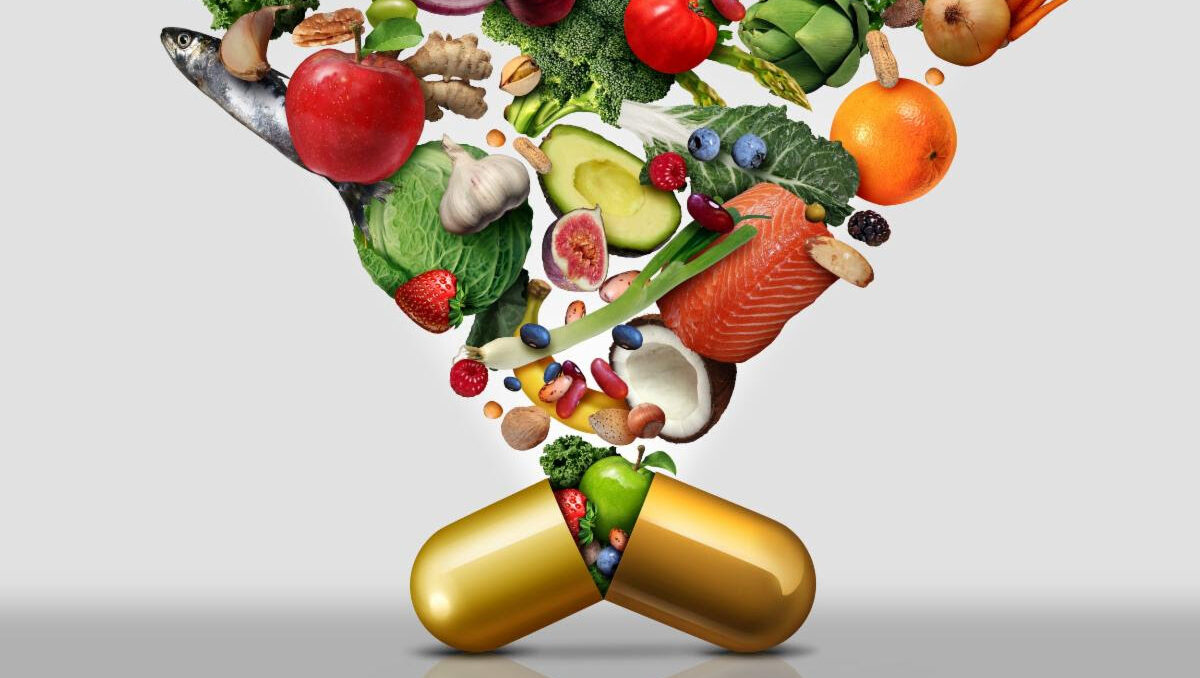Food is Medicine. Is Food Medicine?

Some will say the turn of phrase is just semantics. Others may passionately defend one or the other. “Let medicine be thy food and food be thy medicine,” is a familiar quote attributed to Hippocrates, a Greek physician who lived more than 2,400 years ago.
Having systematized clinical medicine as it is still practiced today, “the father of medicine,” may or may not have made such a proclamation intertwining food and medicine. Nevertheless, it has been used to encourage patients, promote food charities, and sell diet food programs.
But, is food medicine? Good food is good for us, but should foods be given the powerful descriptor of “medicine?” I was recently intrigued by an article written by nutritional biochemist Dylan MacKay, PhD, assistant professor at the University of Manitoba. He argues that the word “medicine” should not be connected to “food.” Check out the opinion article here and consider his points as you critically consider the interplay between food and medicine. Here are a few of my own thoughts on the matter.
Food is something that connects people through culture, family, ritual, religion, celebration, and health. Since the beginnings of civilization, people have been incorporating foods into the way they live their lives. Whether through family birthday cake rituals or a vegetarian’s unspoken statement about animal rights, food helps us describe who we are. Food also describes our health. The foods we eat affect the way our bodies function and react to disease processes. We are now discovering how the biochemical pathways that cause these changes work and how we can incorporate specific foods to treat individual diagnoses.1
Merriam-Webster defines medicine as “a substance or preparation used in treating disease.” Using this definition, food can, most certainly, be used as medicine. Citrus fruits high in vitamin C can be used to treat scurvy, foods high in iron are used to treat some anemias, and niacin-rich foods are given to patients suffering from pellagra.
There are diseases for which food is not the right medicine. Acute infections, Type 1 diabetes (T1D), and subdural hematoma, among many others, will not be cured with diet change. No matter what diet a T1D patient follows, he/she will continue to have T1D. However, some chronic diseases can actually be treated with food. Eating foods high in anthocyanins may help control blood sugar in Type 2 diabetes2 and eating foods high in isothiocyanates may treat or prevent some cancers.
To this end, could we work to change the narrative from “you should eat more fruits and vegetables,” to “these (specific) foods can help treat your diagnosis?” Essentially patients need guidance to understand the treatment that compounds and chemicals in certain foods offer, just like medicines cause chemical reactions to treat disease conditions. PhytoRx can give providers a way to have those discussions. Healthcare providers can learn some basics on how to incorporate nutrition education into their treatment plans and how to connect patients to local resources to “fill” nutrition-related prescriptions.
Citations
- Zhao, L., et al. (2022). Potential of food-derived bioactive peptides in alleviation and prevention of Alzheimer’s disease. Food & Function.
- Różańska, D., & Regulska-Ilow, B. (2018). The significance of anthocyanins in the prevention and treatment of type 2 diabetes. Advances in Clinical and Experimental Medicine, 27(1), 135-142.
- Categories: